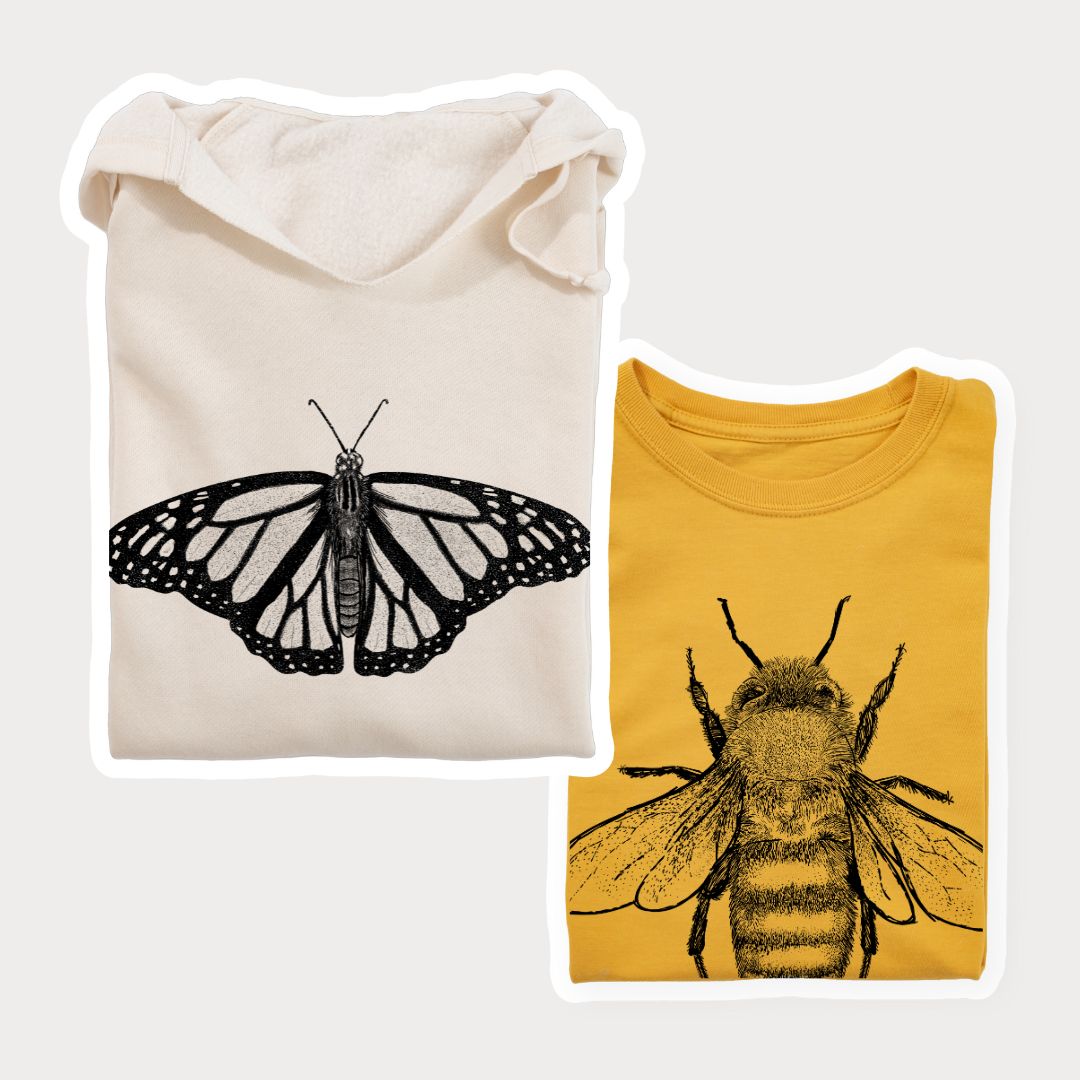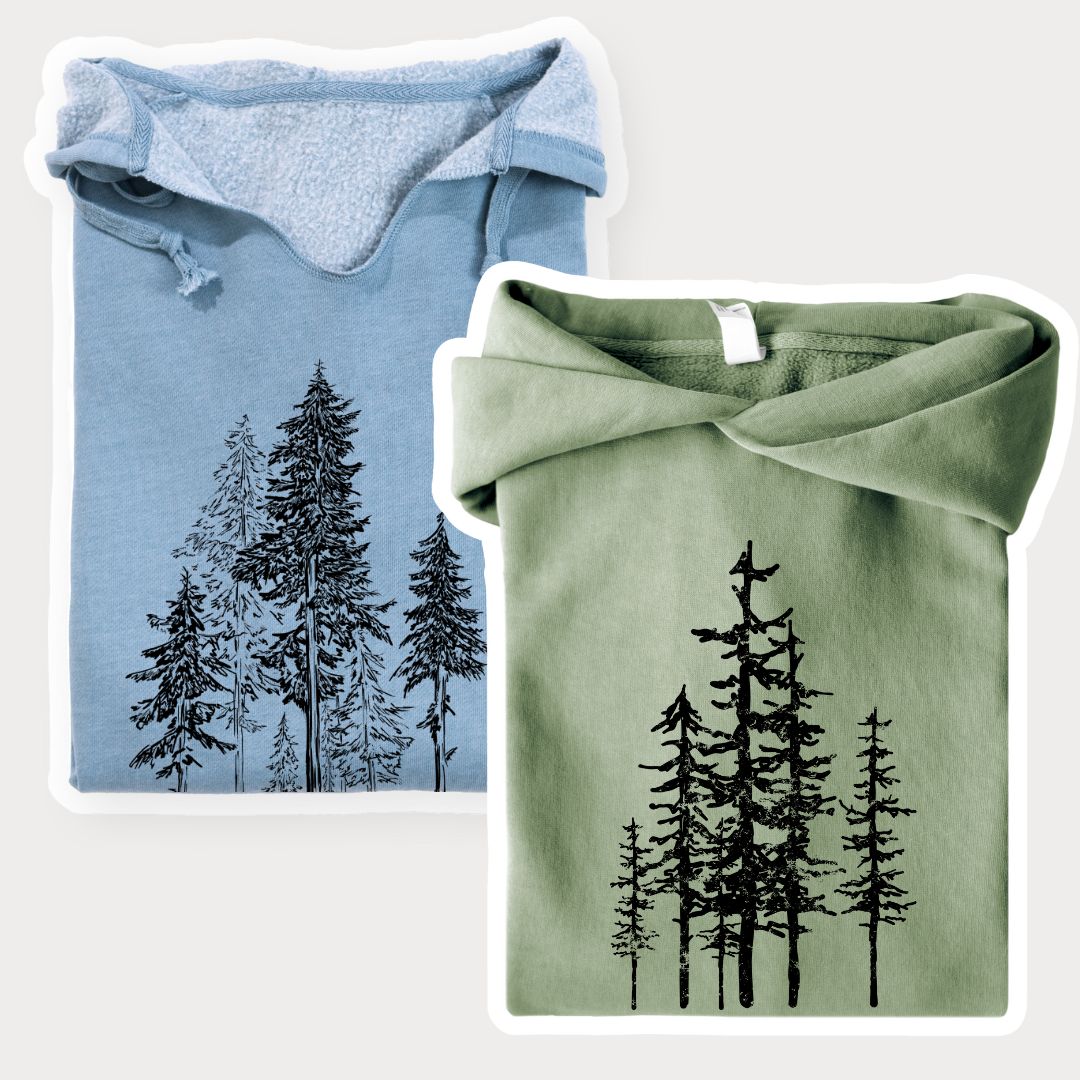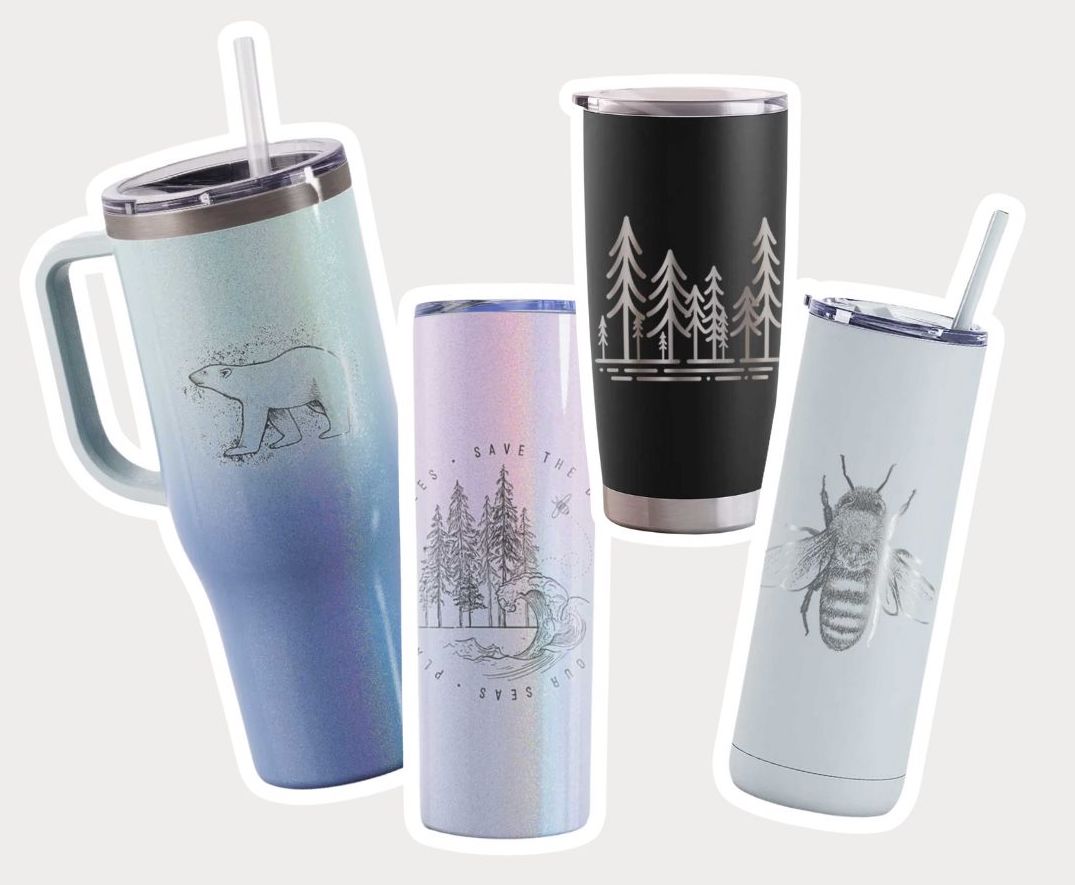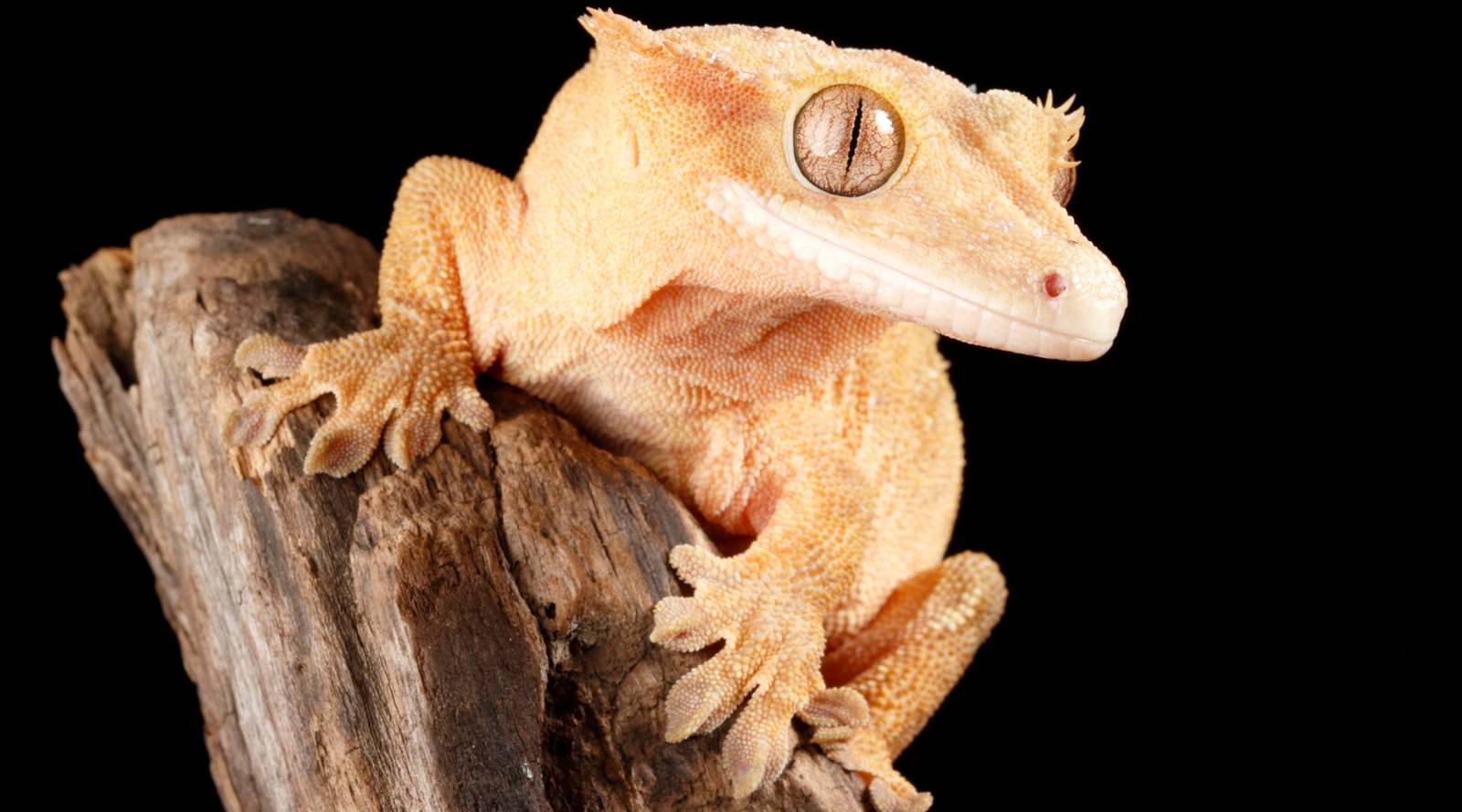5 Ways to Save the Bees
Bees are dying at an alarming rate, and their decline could change everything for humankind. Bees are necessary to pollinate the plants that provide people with food and the trees that provide people with oxygen. Though they are small, bees play an integral role in the cycle of life. Recently, people have been learning how important it is to save the bees by taking a more active role in helping these insects (and other pollinators) thrive and becoming aware of the things that could harm local bee populations.
Scientists report several different factors for the disappearance of so many bees. These factors include:
- Pathogens (both known and unknown)
- Mites, parasites, and other diseases that impact bees and their broods
- Chemical residues and contamination on food stores, beeswax or the bees themselves
- Too much stress in adult bees (due to environmental or biological stressors)
- Lack of genetic diversity in bee lineage
- Fewer trees and flowers to support bee colonies
- Poor nutrition amongst adult bees
- A combination of these or other factors
Regardless of the cause, it’s no secret that bee populations continue to dwindle at an alarming rate. This could impact all life and all food sources going forward. To help combat the problem, here are five things you can do to save the bees in your area.

1. Set Up a Bee Bath To Save the Bees
You’ve probably heard of birdbaths before, but you may not be as familiar with bee baths. Just like all other animals, bees require water to survive. It’s especially important to set up bee baths in areas that are prone to dry months or drought.
Bee baths serve a few important purposes for bees:
- They provide drinking water.
- They help bees regulate the temperature inside their hives.
- Bees also use water to feed their larvae and to help with digestion.
Here are some easy instructions for setting up a bee bath on your property that will help save the bees:
- Find a shallow dish. A bowl, plate or small decorative dish will work just fine.
- Place a planter pot upside-down and put the dish on top of it to keep the water off of ground level so ants and other non-flying insects are less likely to get into it.
- Place a few stones inside the dish to give bees a place to rest their wings between sips of water.
- Fill the bottom of the dish with fresh, filtered water. Make sure the tops of the river rocks are not submerged in the water.
- Change the water every day and clean the bee bath every week.
That’s all there is to it! This is a simple way to help save the bees by providing them with the water they need to survive and thrive. Place the bee bath near flowering plants and trees, where bees are most likely to gather.

Mothering with Mindfulness
2. Plant a Bee-Friendly Garden
To attract more bees to your property, plant a bee-friendly garden. Here are some suggestions for getting started:
- Grow plants that contain pollen and nectar. These are the types of plants bees need to survive.
- Create “bee hotels,” which are simply areas where bees can lay their eggs. There are a lot of different ways to create a bee hotel, so check out a few different how-to videos until you find your favorite method.
- Grow wooly plants that provide bees with the fibers they need to build the cells within their nests. Examples of good wooly plants include mullein and lambs’ ear species.
- Make sure you have blooming flowers on your property for every season. During spring, daffodils, crabapple, alliums, and flowering cherries bloom. In the summer, lavender, foxgloves and cardoon grow well in different areas. In the autumn, sedums, Japanese anemones and single-flowered dahlias bloom. In the winter, ivy, crocuses, snowdrops and winter honeysuckle give non-hibernating bees a source of food.
These are all great ways to start a bee-friendly garden that can help save the bees from decline. You can also make your garden bat-friendly and hummingbird-friendly too.

3. Stop Using Pesticides
It’s no secret how popular it is to use pesticides to keep unwanted bugs out of homes and off of properties, but pesticides don’t just get rid of unwanted bugs. They also get rid of helpful bugs. As pesticides make their way into the air and soil around homes, these chemicals create a deadly environment for bees.
If you must use pesticides, consider natural options that are less toxic to bees. Some examples include corn gluten, garlic, bacillus thuringiensis and kaolin clay. These ingredients can be found in some organic pesticides and may be safer for pollinators.

4. Build Homes for Solitary Bees
Without a home, bees can’t reproduce or survive very long. Sometimes bees have a hard time choosing a location for a home, but you can help them. Building homes for solitary bees is a great way to save the bees.
To make a bee home, gather up the following supplies:
- Drill and drill bits
- Scrap wood (untreated and at least 6 inches long)
- Tape measure
- Tape (optional)
- Round file
Drill holes into the scrap wood. An old log works great for this purpose. Space the holes at least ¾ inch apart from each other. Use a round file to smooth the insides of each drilled hole so the bees aren’t subjected to uncomfortable wood shavings.
The final step is to simply place the scrap wood in a garden area near plants that bees love. That’s it! If local bees need a safe place to live and reproduce, they’ll likely move into your DIY bee home.
5. Support Organizations To Save the Bees
Donate your time or money to organizations dedicated to saving our native bees and other pollinators. At BeCause Tees, we donate a percentage of our sales to Pollinator Partnership.
Raising public awareness of the bee population issues is another important way to help bees. At BeCause Tees, we create meaningful t-shirt designs that allow you to spread the bees’ message to everyone you come in contact with. To order your own bee shirt, check out our pollinator collection.
Check out our Ultimate Guide to learn more about how you can help the pollinators.
















Leave a comment (all fields required)